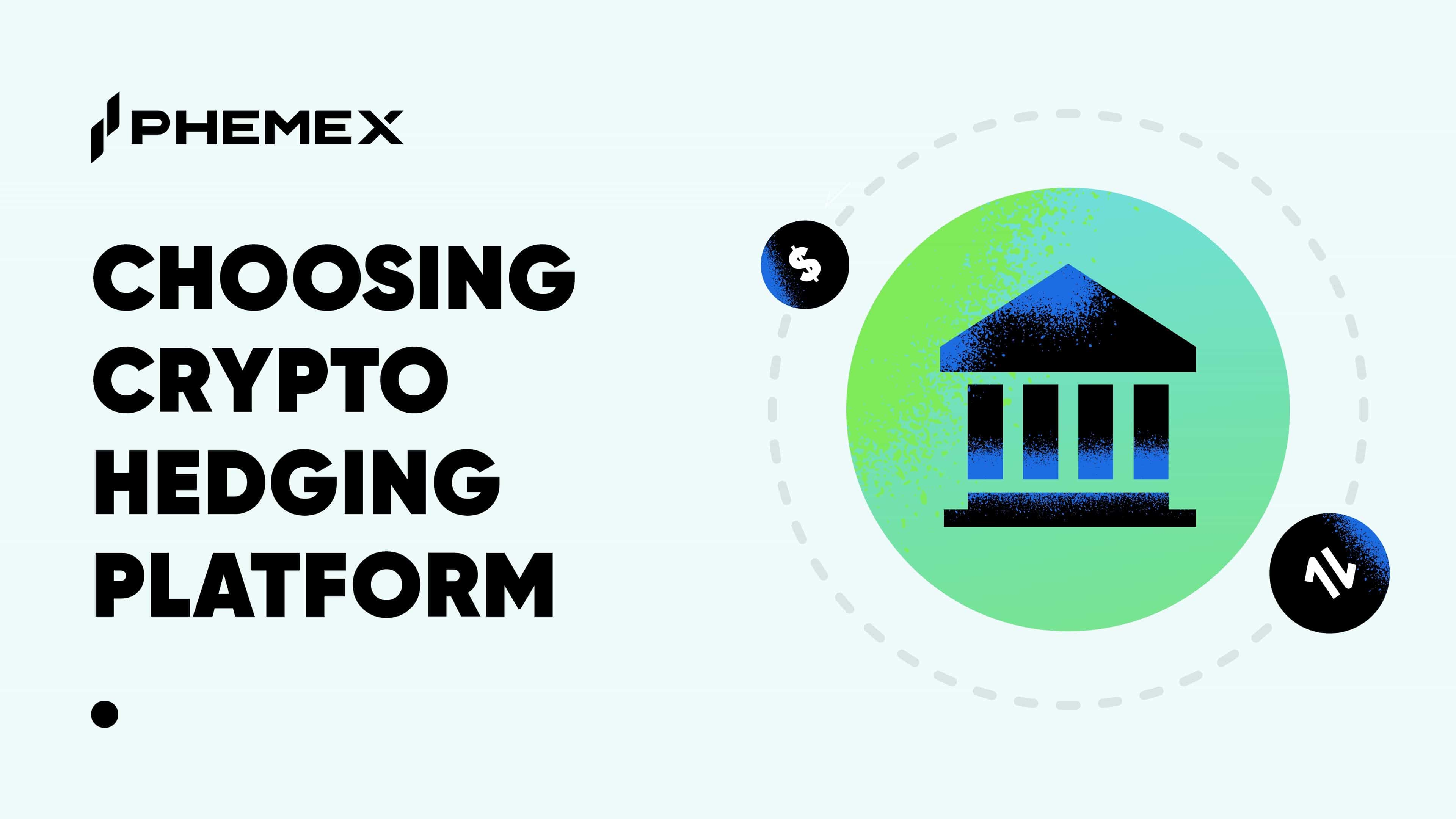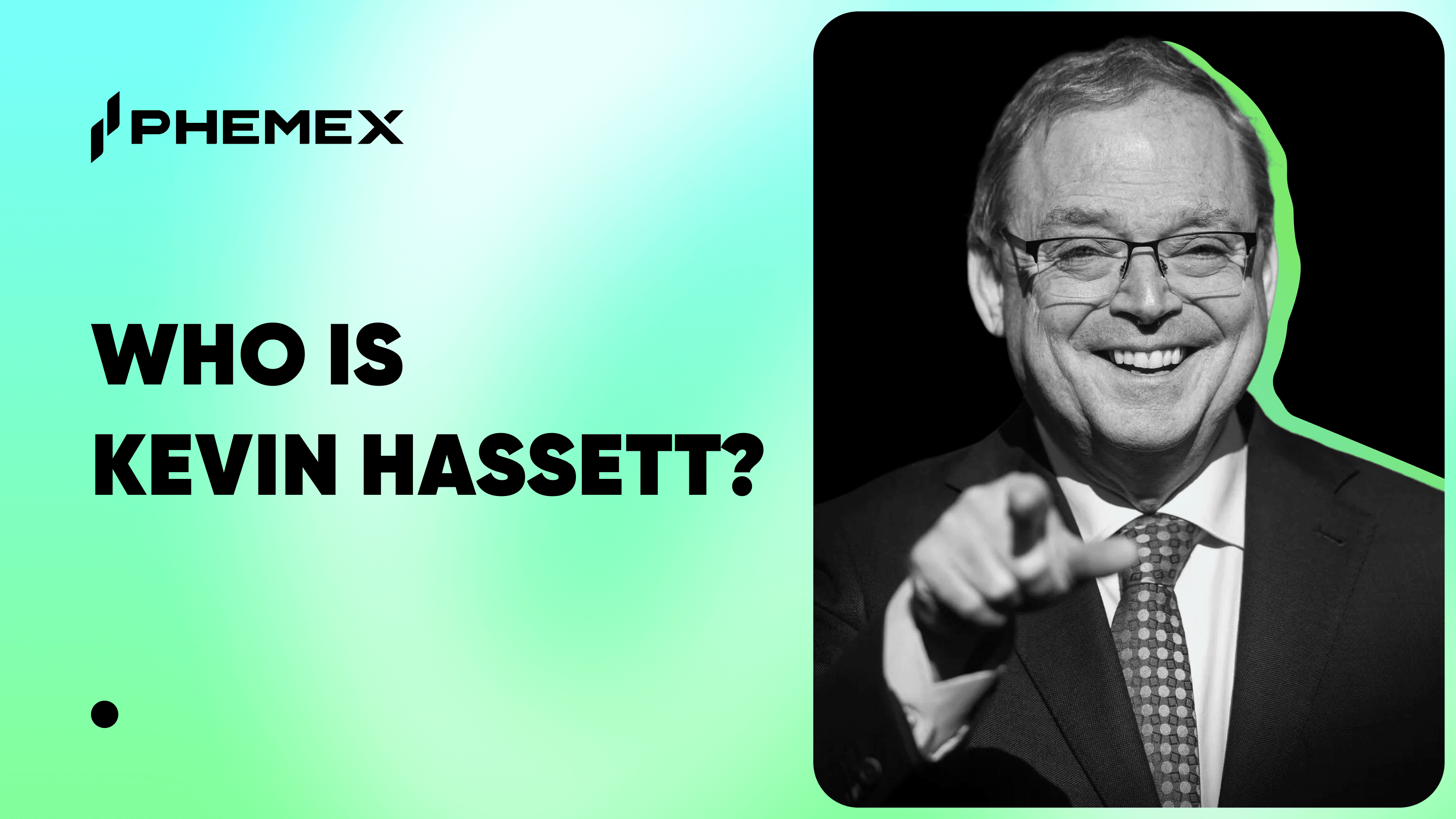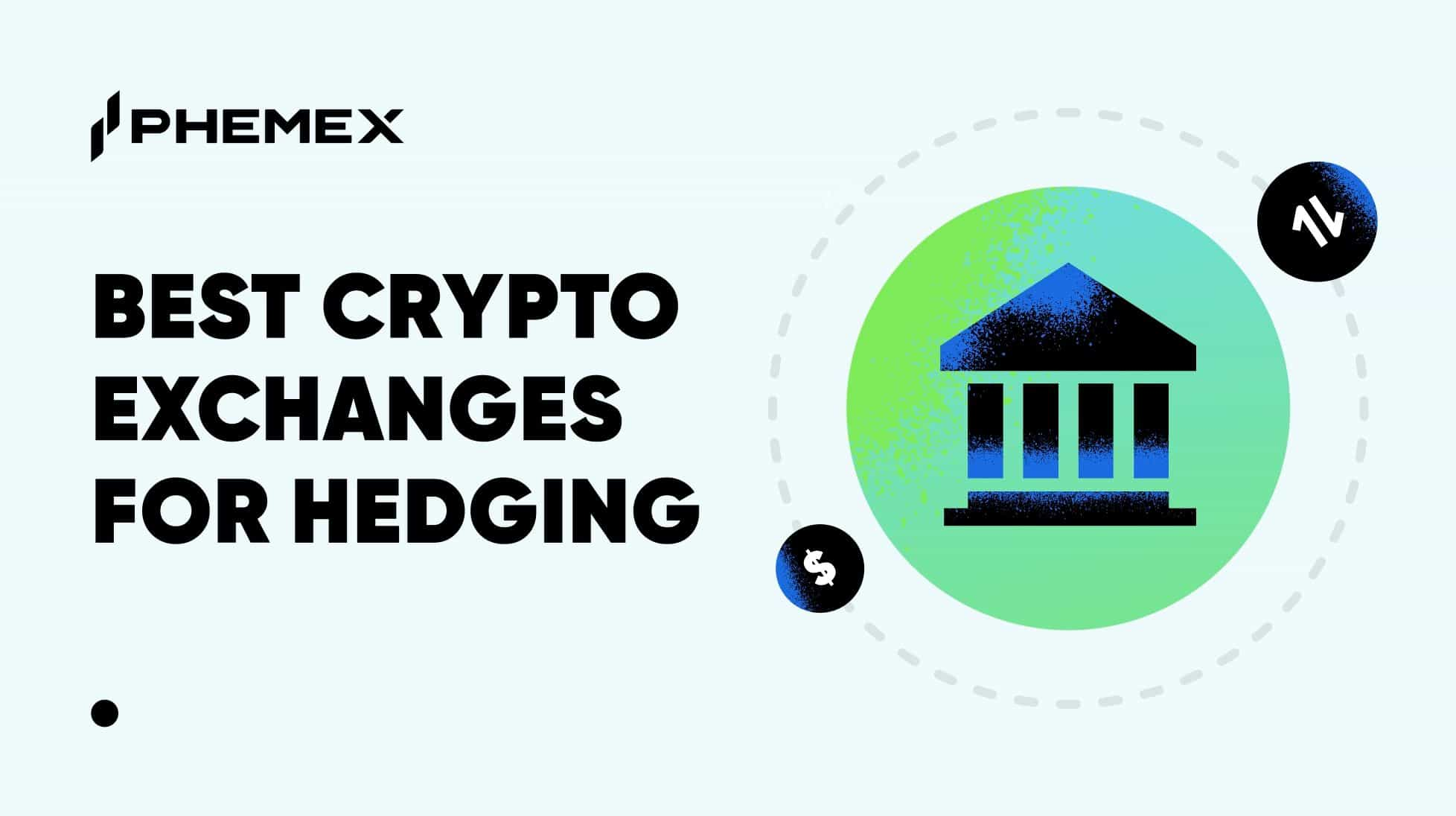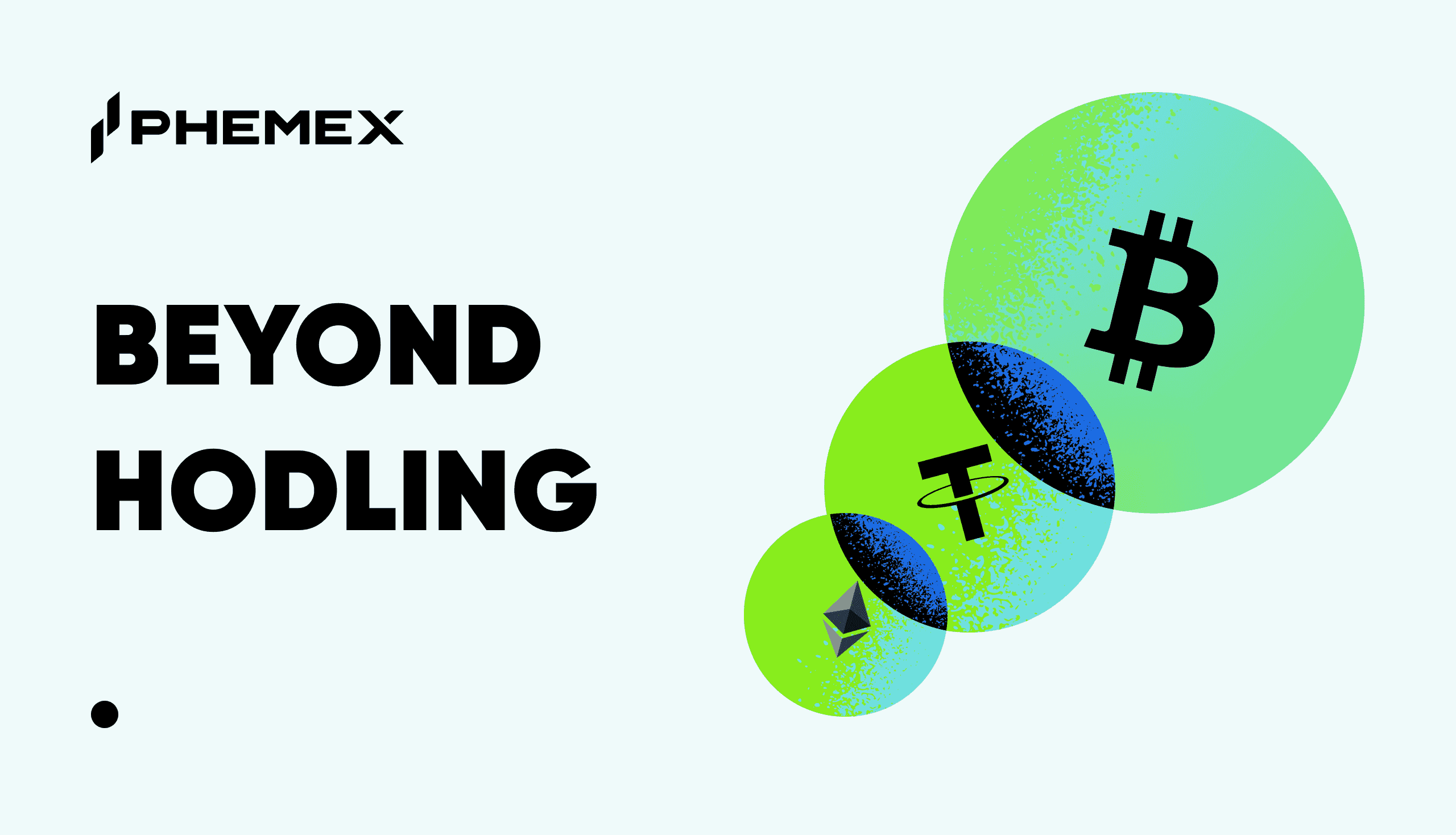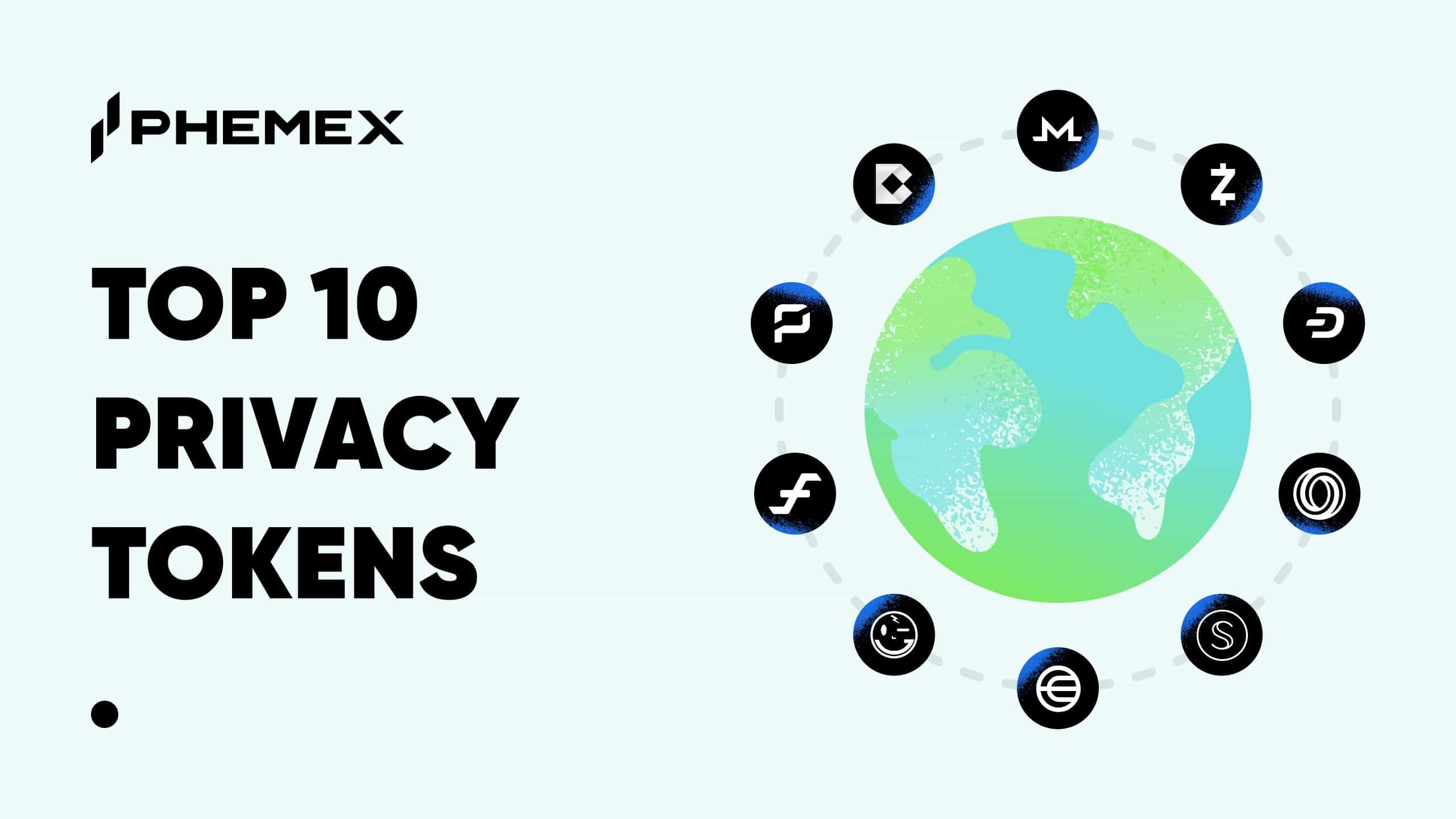In the current cryptocurrency landscape, Bitcoin remains the dominant coin but many of the exciting developments are happening on smart contract blockchains. In the past, narratives like DeFi, meme coins, and NFTs all originated and exploded on Ethereum. But this cycle, Solana has emerged as a worthy competitor to Ethereum and it alongside other low-cost networks like Base have been the breeding ground of some of the most popular retail tokens to emerge in 2024. With trading volumes spiking on Solana based DEXes and dApps, many are forecasting that Solana will eventually replace Ethereum as the primary blockchain for smart contract activity.
Overview of the Two Smart Contract Blockchains
Ethereum, launched in 2015 by Vitalik Buterin and other developers, was designed to enable decentralized application (DApp) creation beyond Bitcoin’s scope. Being the first major blockchain to introduce smart contracts allowed Ethereum to host DApps based on preset conditions, leading to various prominent use cases like tokenization, NFTs, and DeFi. Ethereum initially relied on Proof of Work (PoW) but transitioned to Proof of Stake (PoS) with the Merge in 2022. This shift aimed to enhance scalability and lessen the network's environmental impact.
On the other hand, Solana, founded by Anatoly Yakovenko in 2020, aims to deliver high transaction speeds with low costs. Solana uses unique consensus mechanisms of Proof of History (PoH) and Proof of Stake (PoS). PoH works by creating a cryptographic timestamp for each transaction or event, establishing the exact time it occurred. Validators use these timestamps to sequence transactions, enabling the system to efficiently handle high transaction volumes efficiently. Alongside PoH, PoS secures the network, with validators staking SOL to validate transactions and maintain network integrity.

Ethereum vs. Solana Comparison for 2024 and the Future
Transaction Fees: Ethereum has historically suffered from high gas fees especially during high-traffic times, such as popular NFT launches or increased DeFi activity. Retail users sometimes find the chain to be cost-prohibitive for this reason. To address this, Ethereum has increasingly relied on layer-2 solutions like Arbitrum, Optimism, and zk-Rollups. Although L2 adoption is growing, high gas fees during peak times remain a challenge for ETH. In contrast, Solana has always touted its ultra-low transaction fees, which is typically only a small fraction of a cent. This low-cost structure unlocks the chain’s ability to handle high-volume use cases like NFTs, DeFi, and on-chain gaming. Solana’s high transaction throughput allows it to maintain minimal fees even during times of heavy network activity.
Network Throughput: As mentioned, Solana is one of the fastest blockchains, with a theoretical capacity of up to 65,000 transactions per second (TPS). In practice, Solana consistently handles about 3,000 to 4,000 TPS, so its actual throughput is still considerably higher than that of most other blockchains. In comparison, Ethereum currently processes about 15 to 30 transactions per second (TPS) on its base layer. Layer 2 projects help to augment Ethereum’s throughput. There are also plans to implement sharding, an upgrade that would divide the network into smaller "shards," each capable of processing its own transactions independently. This approach aims to expand network capacity without constraining the main chain.

Ecosystem Activity: Ethereum leads the blockchain industry with the largest ecosystem for decentralized applications (DApps). As of 2024, nearly 9,000 active monthly developers contribute to its open-source ecosystem, with an additional 20,000 to 30,000 working on closed-source applications. Ethereum is home to DeFi pioneers like Uniswap, Aave, and Compound. Solana, although relatively new, has quickly emerged as a solid competitor. With over 350 DApps and 1.28 million unique active wallets, Solana is especially popular in sectors that benefit from its high transaction speed and low fees. DeFi projects like Jupiter, Raydium, and Orca take advantage of Solana's quick transaction processing to enhance user experience.
Ethereum’s long-standing presence has allowed it to establish a robust developer support system including grants, hackathons, and educational resources. With developer tools and major events like ETHGlobal regularly attracting new talent, the Ethereum ecosystem has continued to foster innovation. Similarly, Solana has enhanced its developer support through initiatives from the Solana Foundation, including hackathons and educational programs like mtnDAO.
Meme Coins and NFTs: NFTs originated on Ethereum, which is home to some of the earliest NFT projects like CryptoPunks and Bored Ape Yacht Club, and marketplaces like OpenSea. Its early start gave it a head start in credibility and user adoption. However, high ETH gas fees can limit accessibility especially during busy NFT launch periods. Solana, on the other hand, has quickly gained traction with marketplaces like Magic Eden attracting users looking for affordable alternatives. Consequently, Solana has become a hotspot for NFT collections particularly in areas like gaming and profile picture (PFP) NFTs, where high transaction volume and speed are essential.

The same phenomenon can be observed in meme tokens. While Ethereum is the origin of popular tokens like Shiba Inu and PEPEP, exorbitant gas costs can deter smaller traders especially when fees outweigh actual transaction value. Since retail users make up the main trader base of meme coins, Solana’s low fees make it more attractive for speculative traders. That’s a big reason why some of the biggest meme coins during this cycle were on Solana, such as $WIF, $POPCAT, and $GOAT. In the first half of 2024, Solana-based meme coins outperformed their Ethereum counterparts by 800%. Furthermore, platforms like pump.fun on Solana allow retail users to cheaply and easily launch their own projects which fuel the market frenzy.
Future Roadmap: Ethereum’s roadmap for 2024 and beyond is focused on addressing the blockchain trilemma. Although significant progress has been made with the Merge and Shanghai upgrades, shifting to Proof of Stake hasn’t fully resolved Ethereum’s scalability issues. Planned updates like Pectra which will impact both the execution layer and consensus layer aim to offer more comprehensive solutions to these challenges. Ethereum also plans to introduce Verkle Trees, which will enable stateless clients and improve scalability by lowering the storage demands on nodes. On the other hand, the Solana Foundation is planning upgrades for token extensions to enable more programmable and customizable tokens. Solana is also working on the Solana Saga smartphone, which connects mobile technology with blockchain applications,in an effort to increase mainstream adoption.
Read More
- Will NFTs Ever Make a Comeback?
- The Myth of Satoshi Nakamoto
- Solana vs Ethereum: Is Solana Really an Ethereum Killer?
- What is Solana: The Blockchain Aiming to Become the “Visa” of Crypto
- Solana (SOL) vs Cardano (ADA): Which is the Better Crypto?
- Phemex Analysis in A Minute: How to Trade SOLANA Like A Pro
- Ethereum vs Solana vs Cardano vs Polkadot: The Rivals of ETH
- Phemex Analysis in a Minute: Is SOL Ready for a Breakout?
- Near Protocol (NEAR) vs Solana (SOL) vs Fantom (FTM)
- Top Crypto Trends Heading into 2025





